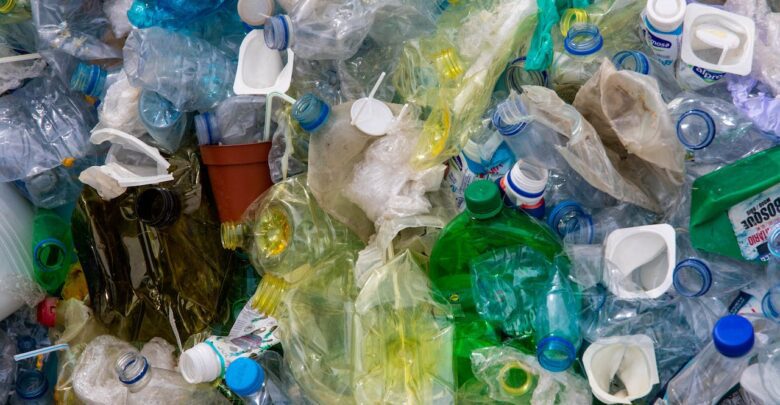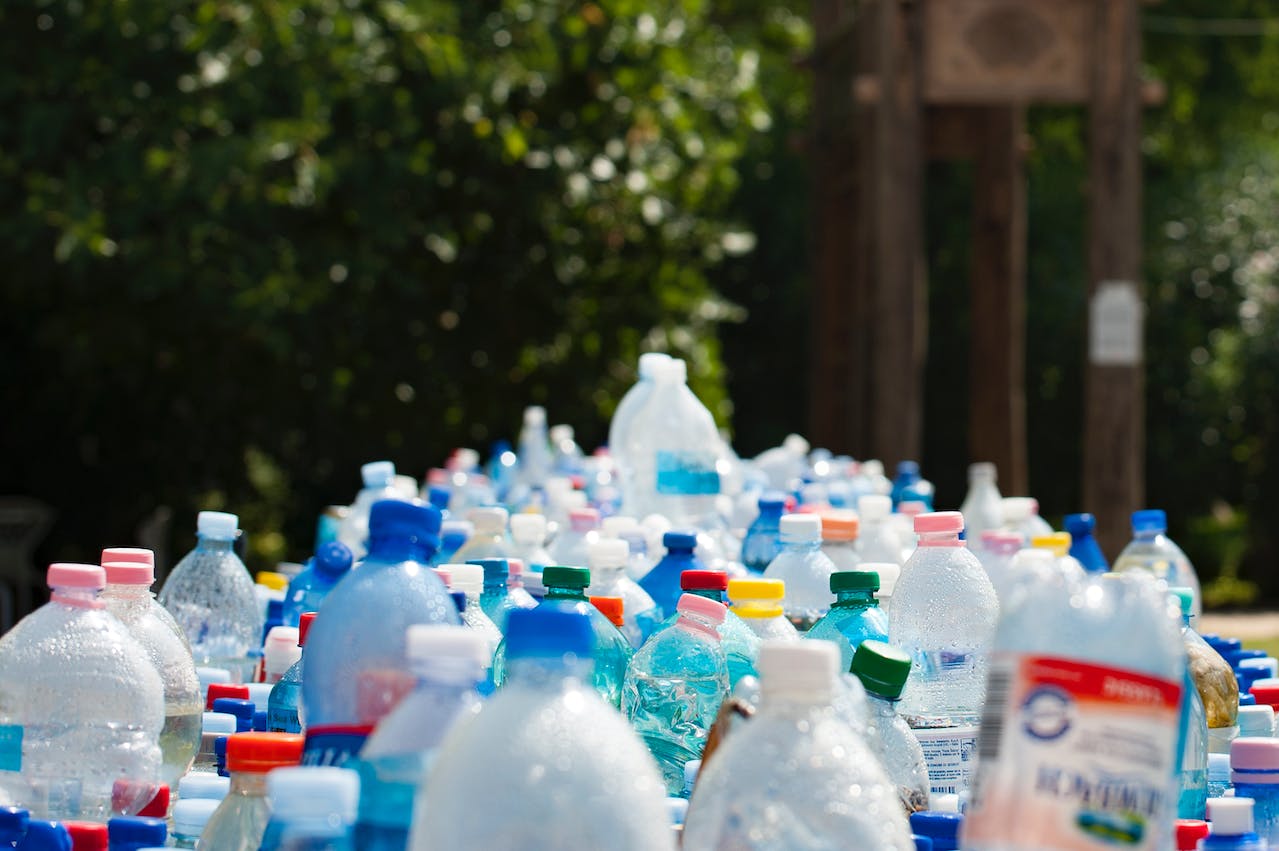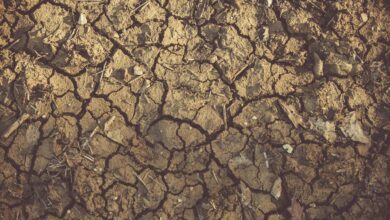The Silent Threat: Unveiling the Impact of Microplastics in our Food

Microplastics have emerged as a silent threat to our food and the environment. These tiny plastic particles, measuring less than 5 millimeters in size, have infiltrated our food chain and are now found in alarming quantities in various food products, including seafood, drinking water, and agricultural produce. This article aims to shed light on the sources of microplastics in our food, the impact they can have on human health, and the steps we can take to minimize our consumption of these hazardous particles.
Sources of Microplastics in our Food
There are several sources through which microplastics find their way into our food. One of the major contributors is the breakdown of larger plastic items, such as bottles, bags, and packaging materials, which eventually disintegrate into smaller fragments over time. These particles can then contaminate soil, water bodies, and agricultural crops. Additionally, microplastics are also released into the environment through the washing of synthetic clothes, the abrasion of car tires on roads, and the shedding of microbeads from personal care products.
The Impact of Microplastics on Human Health
The presence of microplastics in our food poses a significant risk to human health. Studies have shown that these particles can accumulate in the human body and cause various adverse effects. Inhalation of microplastics can lead to respiratory problems, while ingestion can result in gastrointestinal issues. Furthermore, the toxic chemicals present in microplastics can disrupt hormonal balance and potentially lead to long-term health complications, including cancer, infertility, and developmental disorders. The full extent of the health impacts of microplastics is still being researched, but the evidence so far suggests that we should be deeply concerned.
Microplastics in Seafood
Seafood, which is a staple in many diets, has been found to be contaminated with microplastics. Fish and other marine organisms ingest microplastics either directly from polluted water or by consuming smaller organisms that have already consumed microplastics. As a result, microplastics can accumulate in the tissues of these organisms, making their way up the food chain and ultimately ending up on our plates. This contamination raises concerns about the safety and quality of seafood, as well as the potential health risks associated with consuming these plastic-laden products.
Microplastics in Drinking Water

Another worrisome source of microplastics is the water we drink. Recent studies have revealed that tap water from various locations around the world contains microscopic plastic particles. These microplastics can enter drinking water sources through industrial, agricultural, and domestic wastewater, as well as from the degradation of plastic pipes and containers. The long-term effects of consuming microplastics in drinking water are still uncertain, but research suggests that it could have detrimental consequences for human health.
Microplastics in Agricultural Products
Microplastic contamination is not limited to seafood and drinking water; it has also infiltrated our agricultural system. Microplastics can be transferred to soil through the application of sewage sludge or contaminated irrigation water. These particles can then be taken up by plants and accumulate in their tissues, ultimately entering our food chain. The presence of microplastics in agricultural products raises concerns about the safety and nutritional value of our fruits, vegetables, and grains.
Ways to Reduce Microplastic Consumption
While the issue of microplastic pollution may seem overwhelming, there are steps individuals can take to reduce their consumption of these harmful particles. One effective way is to minimize the use of single-use plastics, such as bottles, bags, and straws. Opting for reusable alternatives and recycling plastic waste can significantly reduce the amount of plastic that ends up in the environment. Additionally, being mindful of personal care products that contain microbeads and choosing natural fabrics over synthetic ones can also help reduce microplastic pollution.
Government Regulations and Efforts to Combat Microplastic Pollution
Recognizing the severity of the issue, governments and organizations worldwide have started taking action to combat microplastic pollution. Some countries have implemented bans on certain single-use plastics, while others have introduced regulations to limit microplastic content in personal care products. Furthermore, research institutions and environmental organizations are conducting studies to better understand the impact of microplastics and develop innovative solutions for detection and prevention. These collective efforts are crucial in raising awareness and implementing effective measures to mitigate the threat of microplastic pollution.
Future Research and Developments in Microplastic Detection and Prevention
While progress is being made in addressing the issue of microplastic pollution, there is still much to learn and discover. Future research aims to develop more accurate and efficient methods for detecting and quantifying microplastics in various environments and food products. Moreover, scientists are exploring new materials and technologies that can prevent the release of microplastics into the environment in the first place. These advancements will be instrumental in minimizing the presence of microplastics in our food and protecting both human health and the environment.
Conclusion: Taking Action against Microplastic Pollution
Microplastic pollution is a silent threat that demands our attention and collective action. As consumers, we can make conscious choices to reduce our consumption of single-use plastics and support sustainable practices. Governments and organizations must continue to implement regulations and invest in research to address this issue effectively. By working together, we can minimize the presence of microplastics in our food and protect the health of present and future generations.
Join the movement against microplastic pollution. Take small steps in your daily life to reduce plastic consumption and spread awareness about the impact of microplastics on our food and health. Together, we can make a difference.




